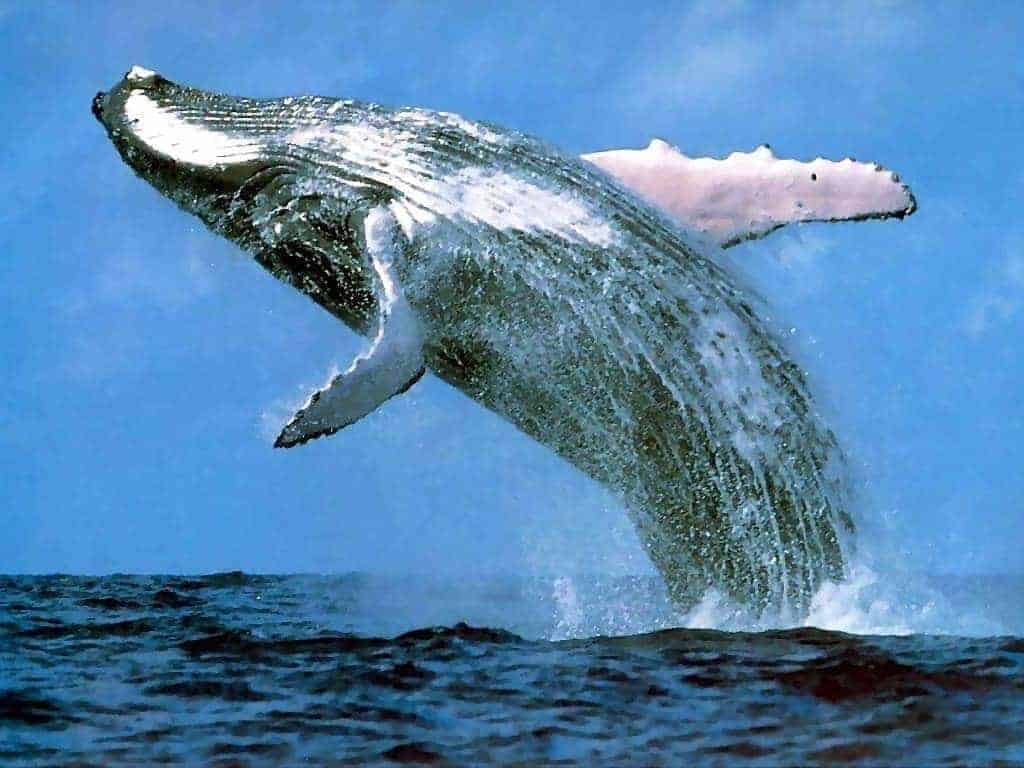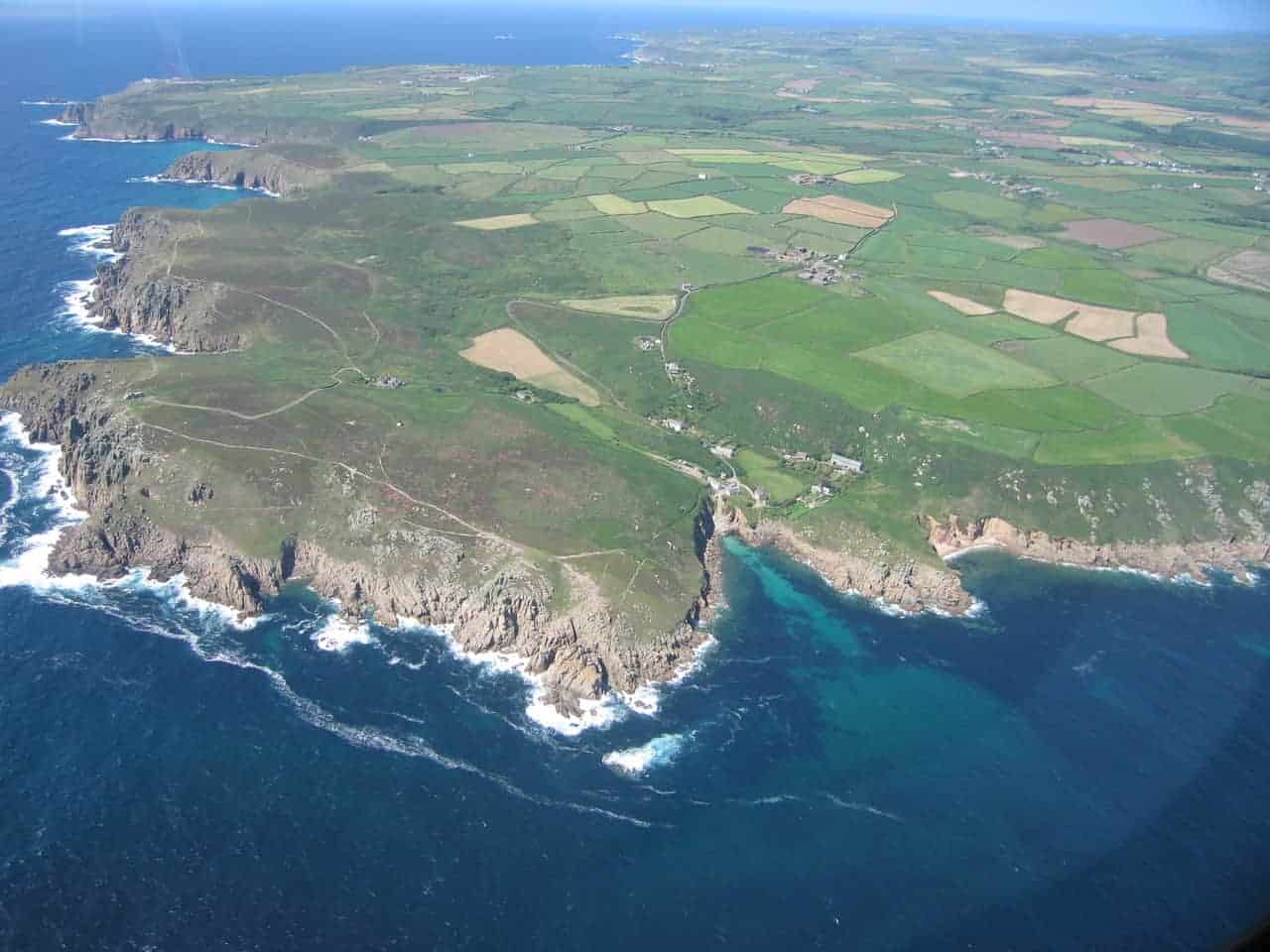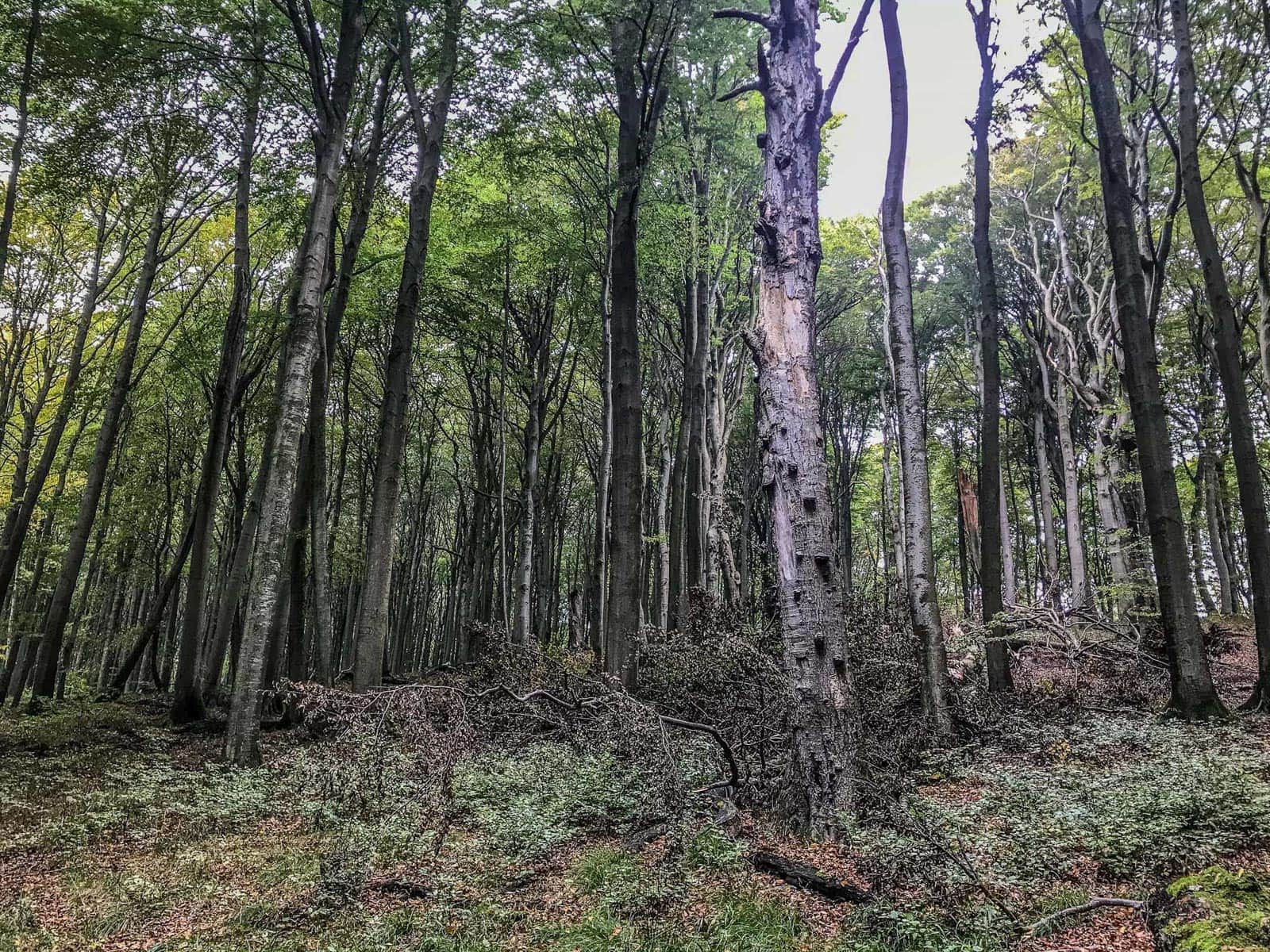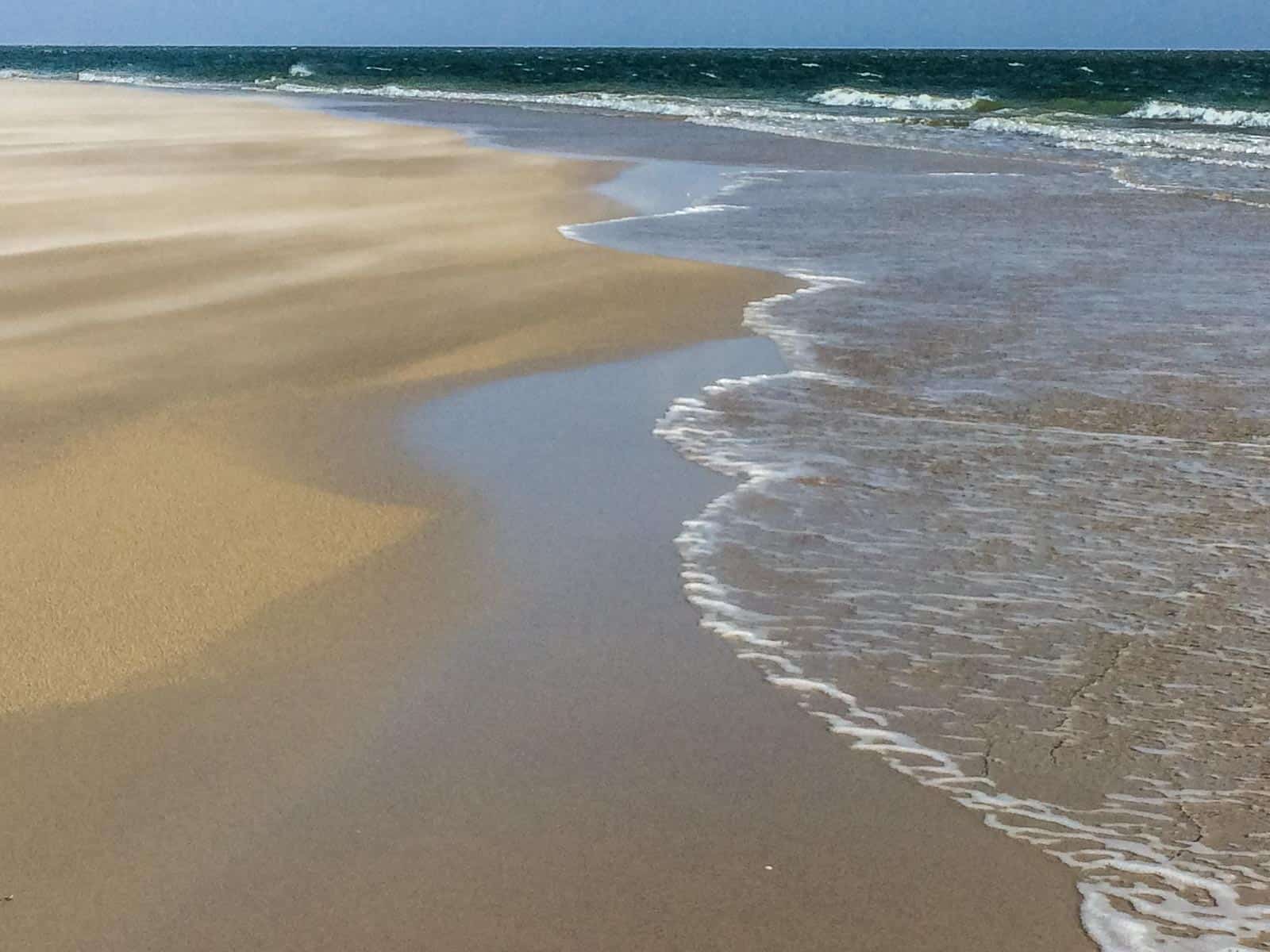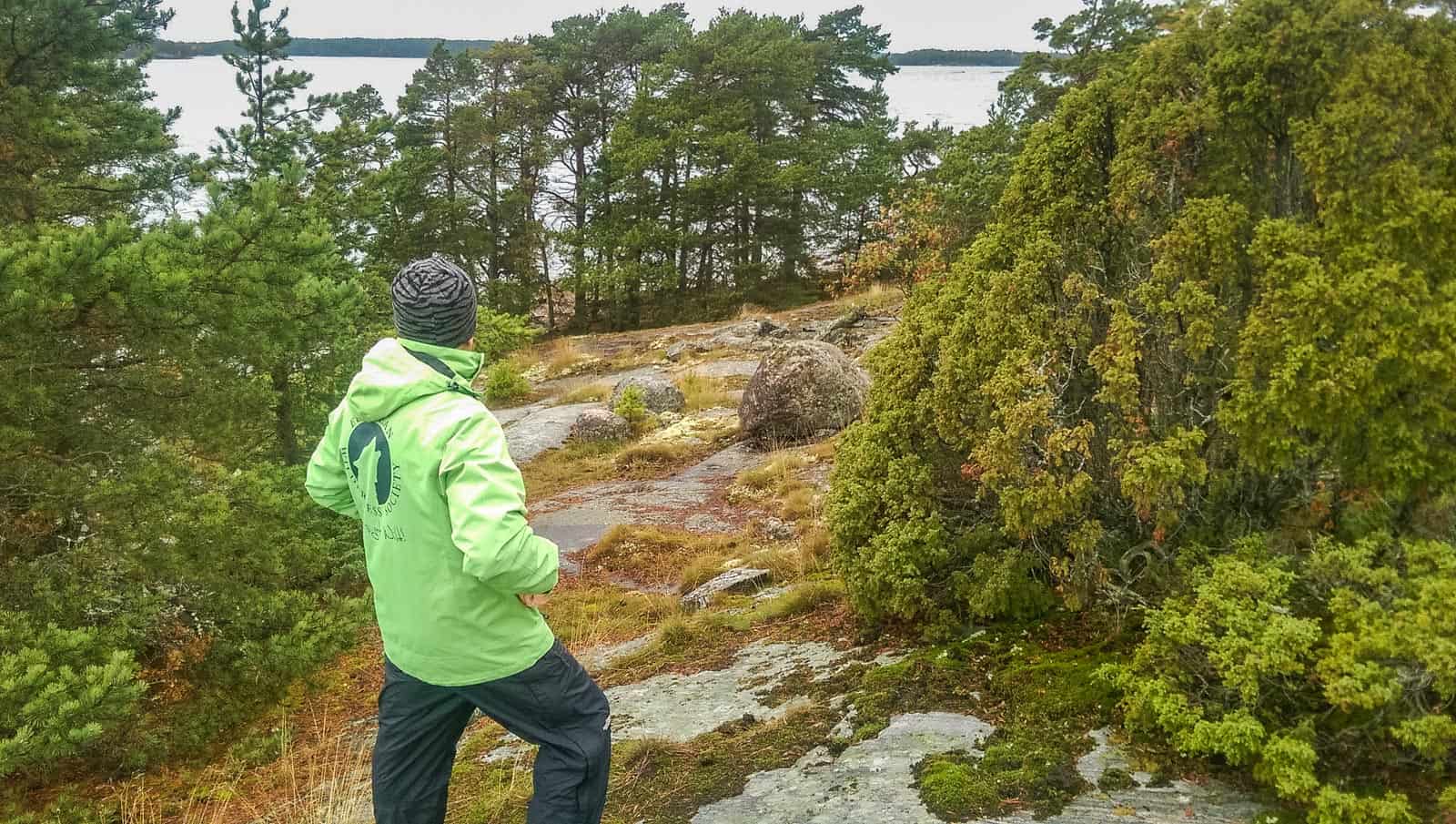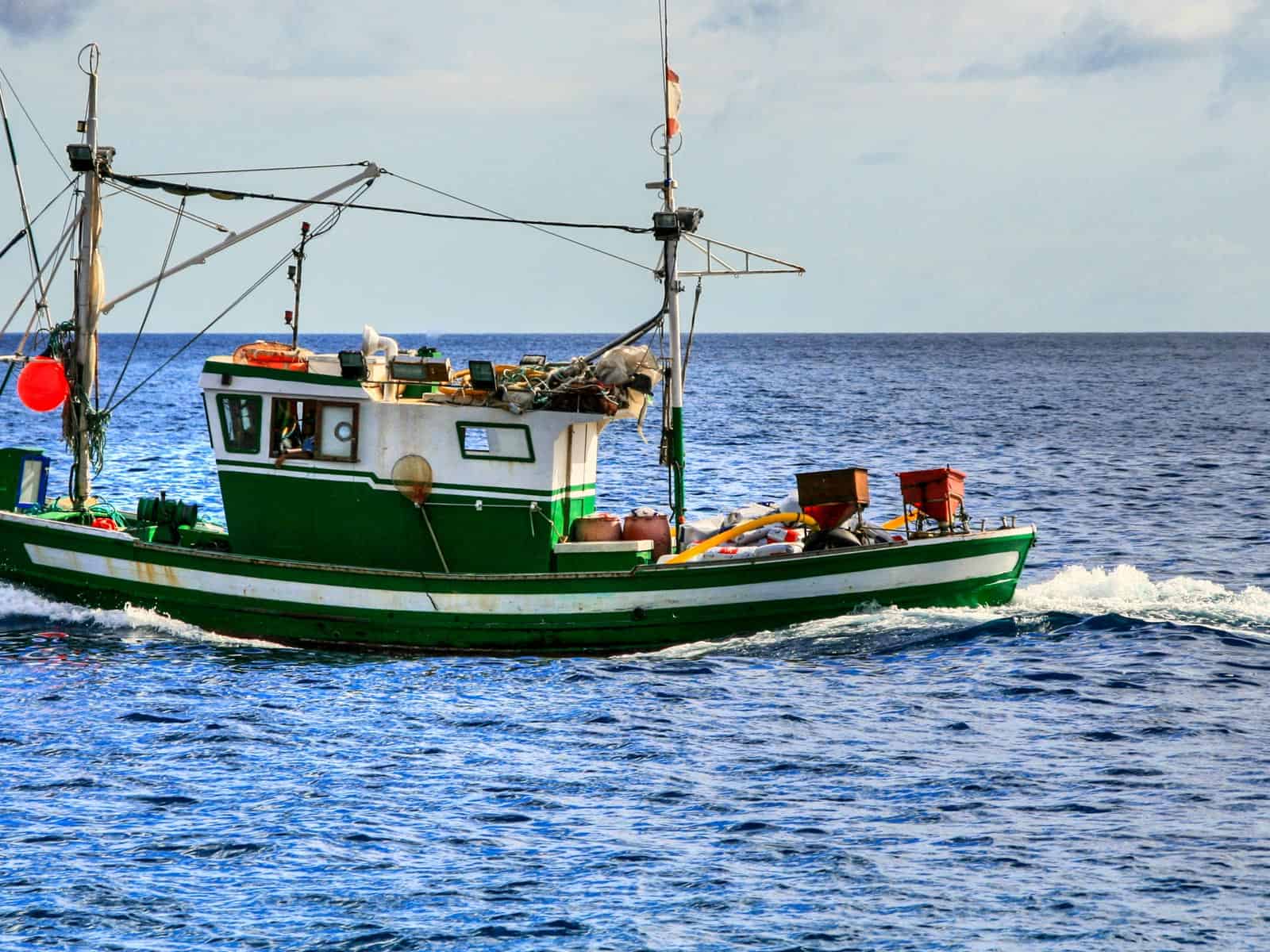UN Agrees to Protect High Seas
UN member states finally come to an agreement to protect the high seas
After a long debate in New York, lasting for almost two days, the United Nation member states finally agreed to protect the high seas. These include the seas outside national borders and the economic zone, which reaches up to 370 kilometres off shore. Until now, the seas outside of that area were not susceptible to any legal framework. The high seas comprise two thirds of all oceans and will now finally be protected by 2030. The talks to come to an agreement have been going on for over 20 years, so this is a historic success!
To finalise the agreement, the delegates still have to complete some formalities, but then the high seas will be identified as protected areas. This means that at least 30% will be protected and therefore economic projects, expeditions and other activities at sea will be greatly limited. Before allowing any human activities and interventions in protected areas, the environmental impact on the seas will be assessed.
The treaty ensures not only that species and biodiversity are protected in international waters, but it also protects the ocean as ecosystem itself. This is so important because it absorbs carbon dioxide and produces oxygen. Oceans account for a majority of our planet and they also provide food for many people. If the oceans are protected, we humans are protected too.
High seas marine protected areas can play a critical role in the impacts of climate change.
Details of the Agreement
An essential part of the agreement is that for establishing protected areas, only a three-quarter agreement has to be reached. This means that no one single state can impede the process.
Next to biodiversity and preservation of ecosystems, one more important aspect that came up in discussion is research. In the past, research has been done in the deep sea for substances that can be used for treating diseases and illnesses. This will highly likely even increase in the future since some breakthroughs have already been made in this respect. But who does ultimately benefit from this research? was the question posed by nations of developing countries and the Global South. After discussions, it was ensured and agreed by everyone that monetary and non-monetary benefits should be shared equally among all nations. The treaty includes equity and fairness.
Future Actions
After the long talks, the concrete work only starts now: Real life actions have to be underway soon to execute the implementation of the treaty. The protected oceans will be free from any human and industrial intervention, and in one way or another, this will also have to be controlled constantly. Who, how and when this will be done will still have to be finalised.
Following a two-week-long rollercoaster of a ride of negotiations and superhero efforts in the last 48 hours, governments reached agreement on key issues that will advance protection and better management of marine biodiversity in the high seas.

